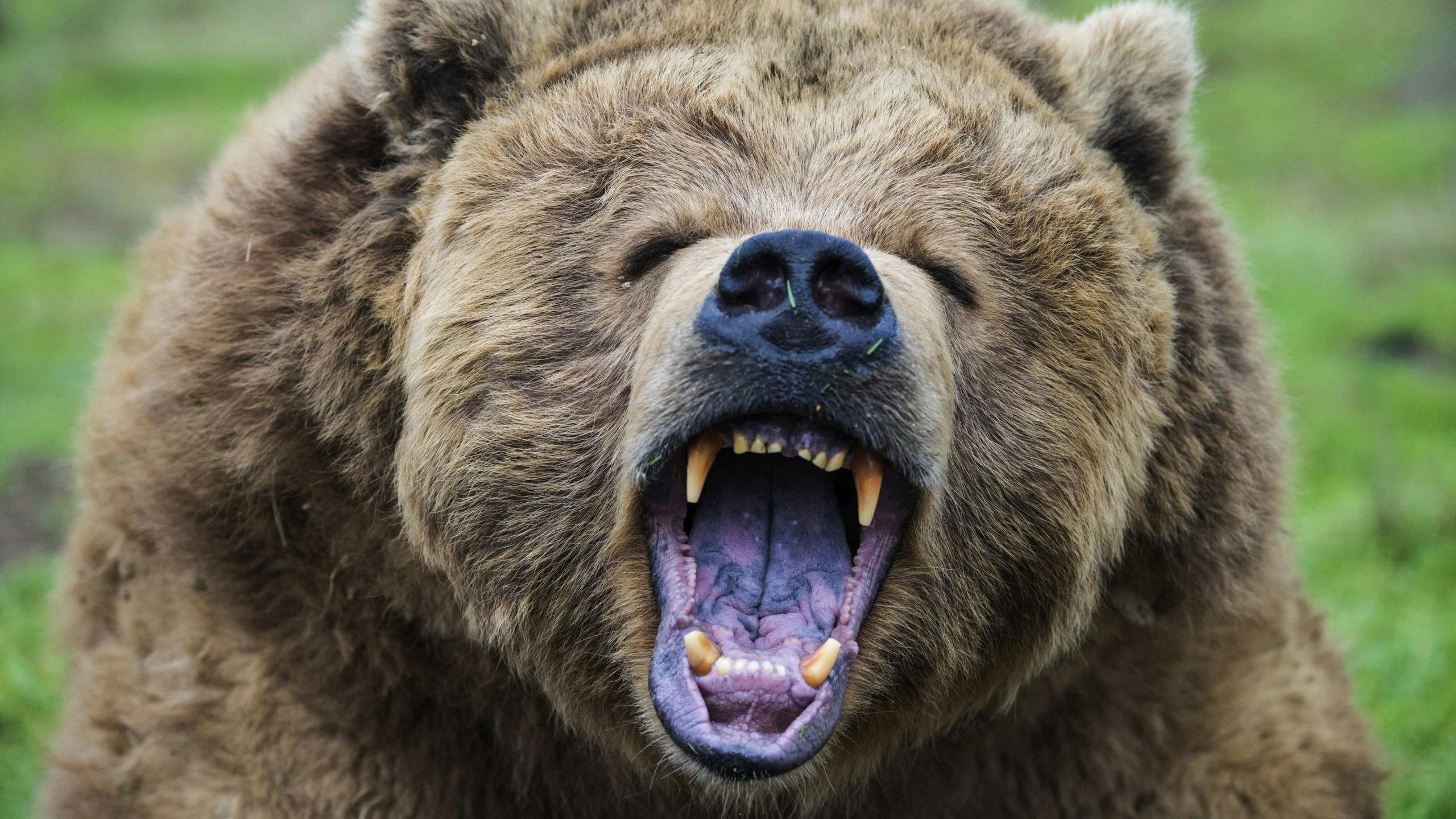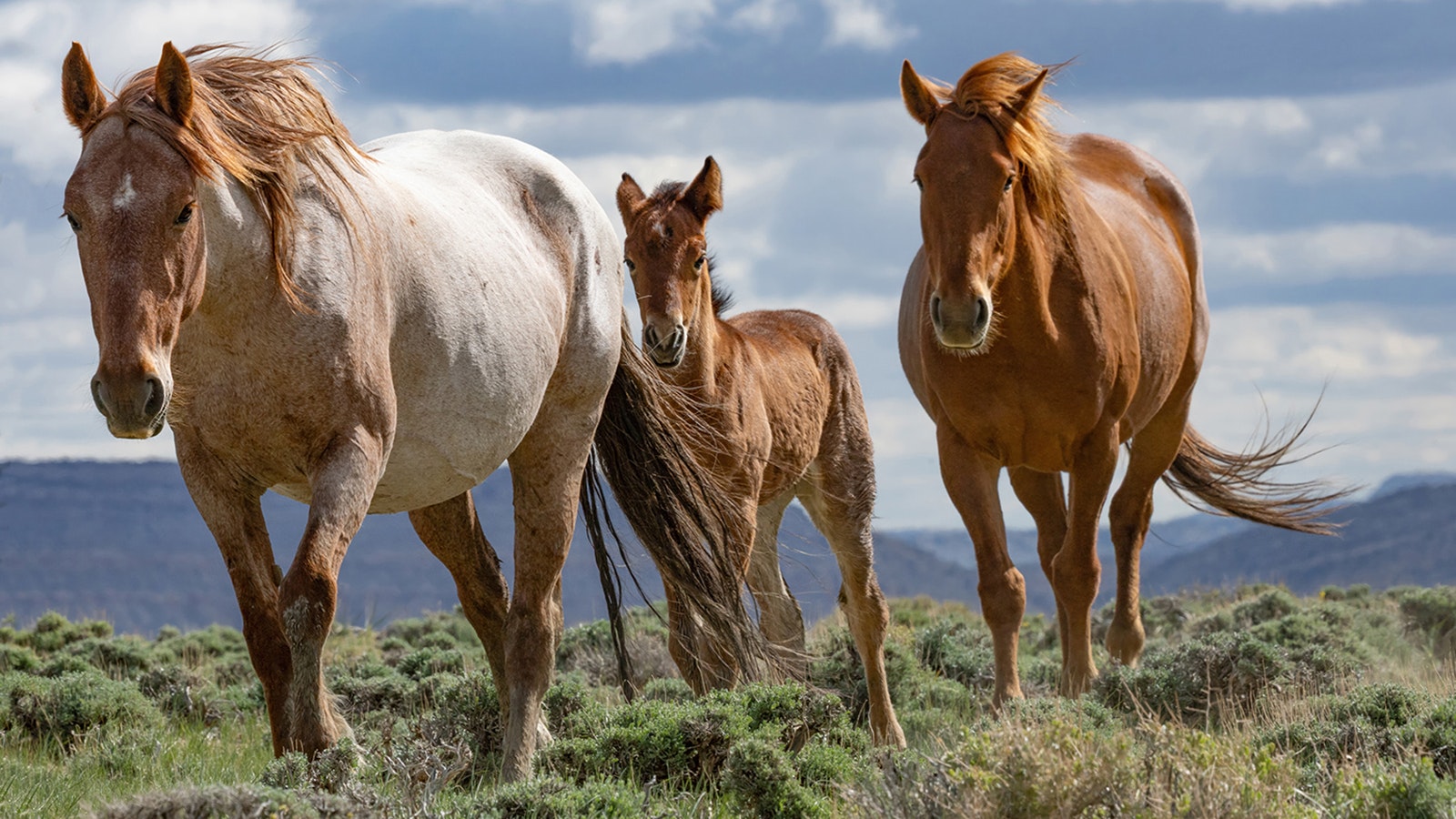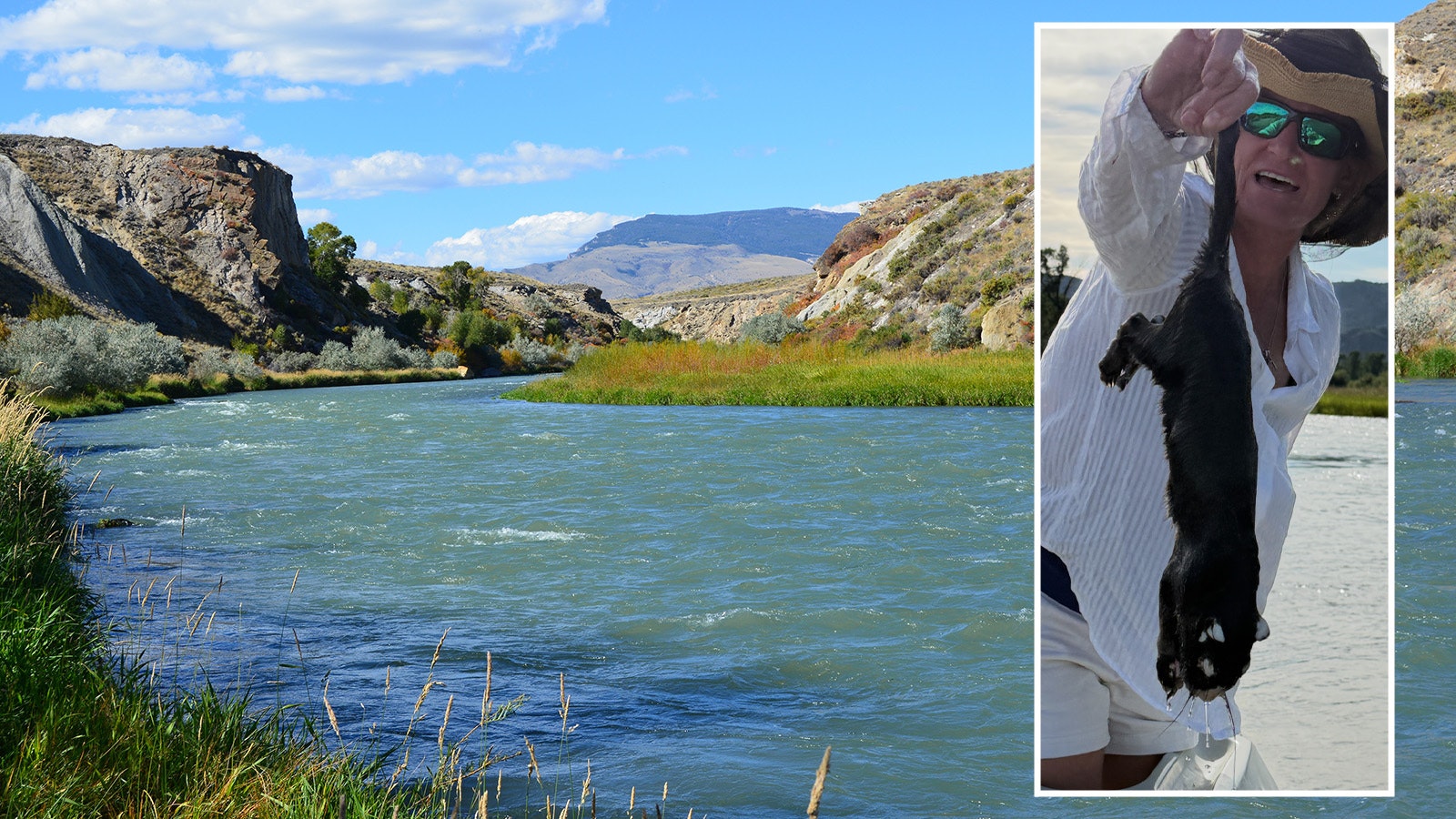While pushing through fields and brush trying to jump pheasants near Cody this fall, Jess Johnson said her party ended up jumping grizzly bears.
“We had a friend with us who is from Hawaii who had never seen a grizzly bear, and left that day having seen eight,” Johnson told Cowboy State Daily.
The government affairs director for the Wyoming Wildlife Federation, a state-wide conservation group, Johnson said it’s always wise to be aware of the potential for grizzly encounters in Wyoming’s backcountry.
“Right out of the gate (arriving for the pheasant hunt), we saw a big boar (male) grizzly heading out over the skyline,” she said. “I turned to my friend from Hawaii and said, ‘Well, there’s your first grizzly bear!’”
Hunters and other outdoor enthusiasts in Washington state might soon be seeing grizzlies as well.
After previously halted under former President Donald Trump’s administration, a federal program to possibly reintroduce grizzlies to the North Cascades mountains is back on track, The Washington Post recently reported.
That there’s a push to expand the footprint of grizzly bears in North America also is a sign the species has not only recovered from low numbers that made them federally protected, but that they’ve flourished enough to be taken off that list, said Karl Brauneis of Lander, a retired forester.
Only If It’s Done Right
Given the vast remoteness of the North Cascades, and the region’s proximity to Canada, reintroducing grizzlies to the region might work, Johnson said – if it’s done right.
“If it’s biologically sound habitat, and they have support from the locals, then it will be great,” she said. “I think having a whole ecosystem is better than not having it, and large carnivores are part of that.”
Outdoorsman Guy Litt of Laramie and Brauneis, who also have spent plenty of time in bear country, agree.
“This could be a good conservation move as long as the state can manage the bears,” Brauneis told Cowboy State Daily.
Hunters in the Cascades will have to be more mindful if grizzlies end up there, Litt said.
“In 2017, I lost a front elk quarter to a grizzly bear,” he told Cowboy State Daily. “What I’ve learned is to not hunt in grizzly country alone. Have a partner, and there’s an extra level of sharpened awareness that you need, particularly when you’ve got a game animal down.”
Pheasant Hunt Turns Into Grizzly Rodeo
Johnson said her experience during the pheasant hunt stands as proof of just how robust Wyoming’s grizzly population is. And the North Cascades could be equally healthy for grizzlies given the abundance of habitat and food sources there.
“Our pheasant hunt was on private land,” she said. “It’s very pristine, managed very well for habitat, which is why there are so many pheasants, and there is so much other wildlife, including bears, which is a win in my book.”
There were 24 bird hunters that day divided into two groups. And given past experiences, they expected to see at least a grizzly or two, Johnson said, adding that they “all had bear spray.”
“Some folks on the other side from us pushed into a place we call the ‘bear hole’ and lo and behold, a mama grizzly and two cubs came squirting out,” she said.
The bear sightings continued throughout the day – eight total. One was a huge male that was feasting on a whitetail carcass in some thick sage brush and stood up to reveal himself when Johnson and some other hunters passed by about 100 yards away.
“He was big and beautiful and healthy,” Johnson said. “He just stood up and looked at us, and we were like, ‘Oops! OK, dude, we’re going the other way.’”
Listen And Allow Management
The number and robust health of the bears spotted that day indicates that Wyoming’s grizzlies are ready to be removed from federal protection and managed by the Wyoming Game and Fish Department, she said.
“I’m certainly a proponent for delisting the grizzly here,” Johnson said. “The longer they stay on the ESA, the worse it actually is for the bears.”
And if federal officials move forward with reintroduction plans in Washington, it should be kept in mind that direct management with the needs of local people in mind will be key to success, Johnson said.
Without the support of people who live in or near grizzly habitat, “it’s never good for the bears, and it’s often not good for the people involved either,” she said.
Brauneis concurred that without public trust, grizzly conservation won’t work.
“The problem is the track record of the environmentalists and a failure to delist once a population is recovered,” he said. “In good faith, the grizzly should be de-listed in Wyoming, Idaho and Montana before a re-introduction into Washington state or any other state is undertaken.
“In effect, the environmental industrial complex has destroyed the good-faith efforts of conservationists in the scientific management of wildlife with respect to reintroduction.”
Respect, Awareness And An Electric Fence
From an ecological standpoint, reintroducing grizzlies to the North Cascades could produce good long-term results if they could intermingle with grizzlies in Canada, Litt said.
“My basic understanding is that the viability of populations depends on genetic flow, so I’d be curious if this proposal would be more robust with a similar coordination in Canada,” he said.
If grizzlies do return to Washington, Litt said he’d advise hunters there to be mindful of the great bears’ presence and respectful of their space.
And carry bear spray.
He also recommends an “ultra-light portable electric fence.”
He found one that is powered by D-cell battereis and weights roughly 3.5 pounds.
“I put my food supply in a separate area from where I’m camping and then set the electric fence up around it,” he said. “And, of course, if I get a game animal down, I’ll set the fence up around that.
“It’s not only a matter of the fence presenting a physical barrier to bears, the shock of touching the electric fence discourages them too.”
Johnson said the presence of grizzlies adds another dimension to being outdoors, and if managed properly could add wonder to Washington’s wildest spaces.
“As I see it, it’s incredibly special and humbling to be out there and know that you’re not the apex predator on the landscape,” she said.





